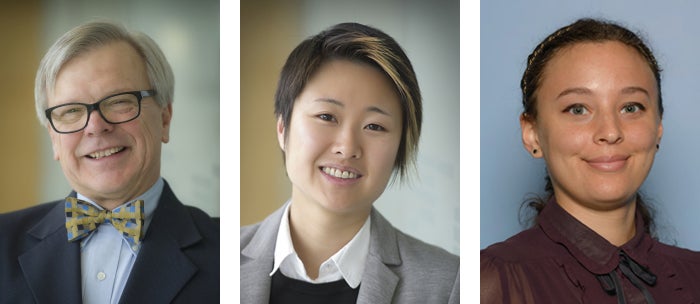A portable device for measuring glare sensitivity. Evidence-based protocols for vision therapy. A model for testing contact lens components.
These are just some of the initiatives here the School of Optometry & Vision Science that recently received funding from the Canadian Optometric Education Trust Fund (COETF).
Each year, the COETF awards funding to support (among other initiatives) research, specialized education programs and investigative projects conducted by graduate students and faculty at Canada's schools of optometry. School researchers lead 13 of the 17 projects granted funding by the COETF this year.
Dr. Ben Thompson, the School’s Associate Director of Research, notes that these projects span everything from discovery science that may lead to new treatments for conditions like dry eye, to the generation of reports for use by the clinical community.
"COETF funding is vital because it allows us to bring research within the School to the optometric community while advancing the training we offer to promising graduate students."
Here’s the first in a series of articles highlighting some of these initiatives. A complete list of the 2019 award-winning projects is available on the COETF website.
Creating new guidelines for vision therapy

Although research has shown that vision therapy can improve visual acuity and oculo-motor responses by leveraging the brain’s ability to change, there are few consistent protocols to guide its use.
Researchers Dr. William Bobier, Amy Chow, and Taylor Brin (shown left to right)are undertaking a systematic review into the role of vision therapy in amblyopia (lazy eye) and strabismus (turned eye). Working with optometrists, ophthalmologists, researchers, statisticians and librarians at the School of Optometry & Vision Science, the team will compare vision therapy treatments using quantitative outcomes such as visual acuity and changes in angle of eye deviation.
By taking an evidence-based approach in a comprehensive analysis of the literature, the researchers hope to find the most effective implementations of vision therapy and identify new avenues for research based on gaps in the literature.
This systematic review will then be used by the Children’s Vision Committee of the Eye Health Council of Ontario (EHCO) to develop evidence-based guidelines for eye care in Ontario.